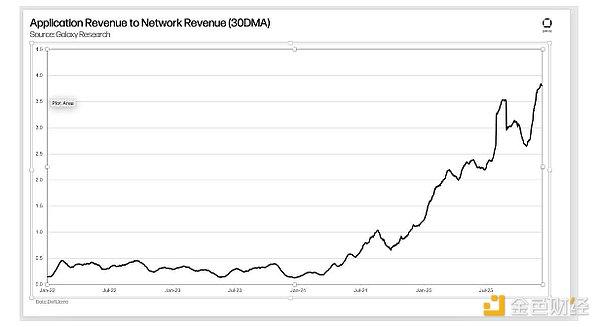Let’s talk about the tokens we are paying attention to and layout recently.
Cancun upgrade
Explain the first point in detail.
All in all, the choice $GMX is a choice to gain an expected reversal.
RWA/LSDFi
game
However, the investment cycle $PRIME should be very long, so the "buying point" is very important.










